 |
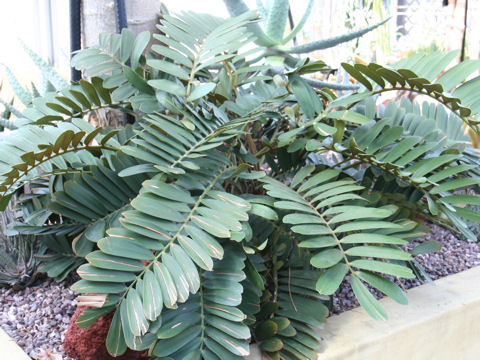



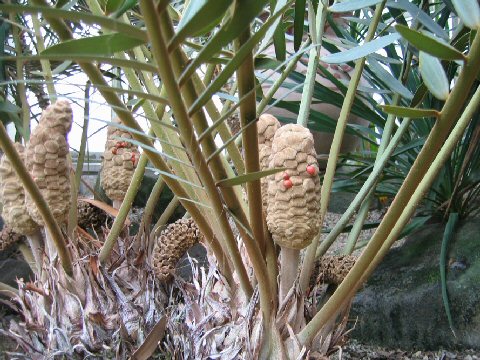

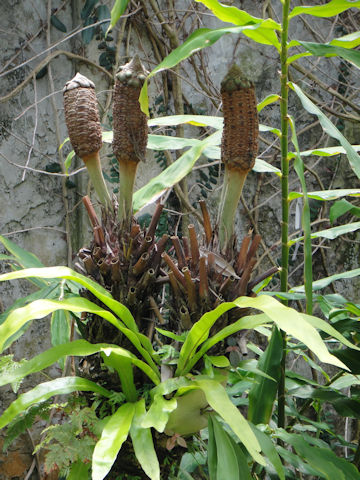

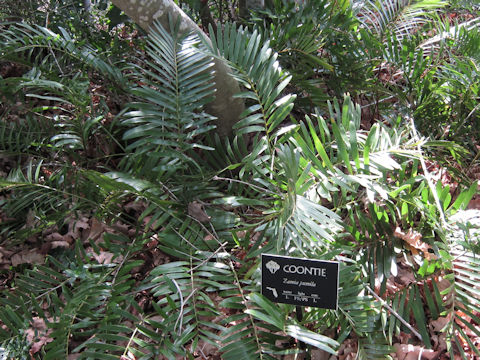

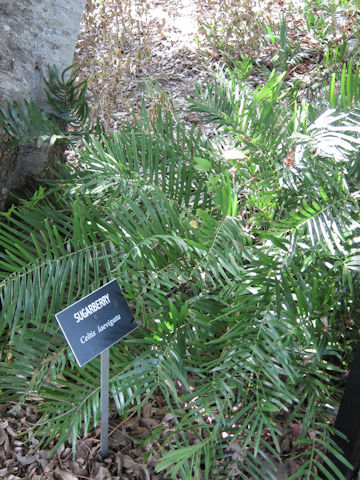

|

|
AJÌt_B¨æѼChALVRɪzµÄ¢Ü·B²ÍòsóÅA³ÍPTZ`ÙÇAÙÆñǪnºÉ èÜ·Bu»ÄÂvÌÔÅA¬tªQ`PR΢½å«ÈHó¡tªLªèÜ·BYÔÍ~óÅAÔÍ·¢~`Å·BÔÌOÏÍAZp`ÌØÐÉííê½æ¤É©¦Ü·B
|

|
\ecÈU~A®ÌíάáØÅAw¼Í Zamia pumilaBp¼Í Florida arrowrootASago cycasB
|

|
The Florida arrowroot (Zamia pumila) belongs to Cycadaceae (the Cycad family). It is an evergreen shrub that is distributed in Florida, the West Indies and Mexico. The stem is tuberous about 15 cm long and mainly below ground. The leaves are pinnate compound with 2-13 leaflets. The male inflorescence is cylindrical and the female one is long columnar. The female flowers are covered by hexagonal scales.
|

|
[ã] ê§l¼sul¼t[p[NvÉÄA2007N0314úBeB
[PEQ] ¤m§¼Ã®sçíæuRA¨vÉÄA2004N1121úBeB
[R] AJEt_ButFA`ChMÑA¨vÉÄA2010N0501úBeB(photo by Jon Suehiro)
[SEº] AJEt_But_A¨vÉÄA2011N0516úBeB(photo by Jon Suehiro)
|







